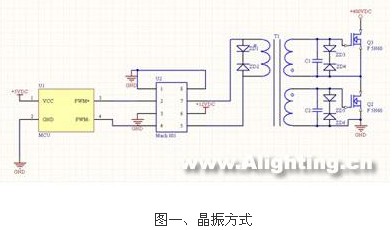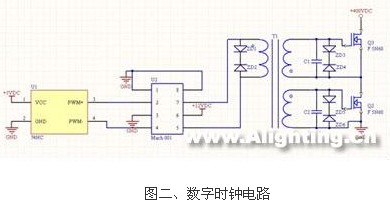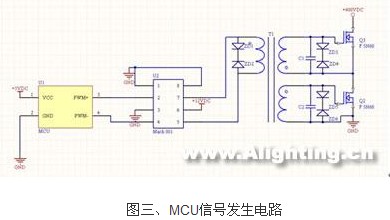The electrodeless lamp product has experienced a hundred years of development since its birth, but so far, the technology used in the market for the electrodeless lamp is not much different from the power technology at the beginning of the birth, since the 1990s. With the rise of digitalization, intelligence and networking in the world, the existing electrodeless lamp technology has fallen behind the development of the times. Therefore, it is necessary for us to follow the pace of the times and digitize, intelligently and network the electrodeless lamps.
Digitization of induction lamps: Traditional high-frequency induction lamps are generally based on self-oscillating circuits to achieve high-frequency frequencies and half-bridge circuits. The circuit is simple and low-cost, but the consequences are poor consistency and low drive efficiency. If you change to a digital circuit to generate a frequency signal and use a dedicated driver chip for half-bridge driving, you can greatly improve the performance and consistency of the product. At this point, the digitization of low-frequency induction lamps has gone relatively early, and digital technology has basically been adopted since its inception. High-frequency electrodeless lamps, frequency signal generation can be realized by circuit technology such as MCU, digital clock circuit, crystal oscillator, etc. However, due to the high operating frequency, crystal oscillator is the best choice from the aspects of consistency, stability and cost. The problem of temperature drift and accuracy of the digital clock circuit is avoided, and it is lower than the cost of the MCU.


